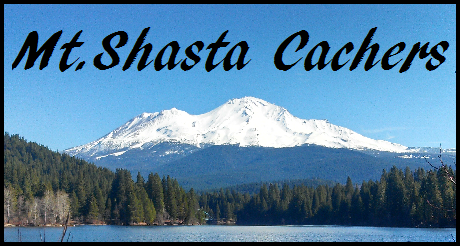Historians say the Azores, people from a region in Portugal built the rock walls. Local tales say that Chinese immigrants in California during the Gold Rush built these walls. So the walls, like these and along Humboldt, Neal and Bruce Road, were built by immigrants but no one is sure which immigrants built which walls. 
Article: "...there have been two articles about the walls, one in the Winter 1858 issue, and one in the Winter 1974 issue. ...here is the text of the brief article that appeared in 1974. It seems to have originally appeared in the Chico Enterprise-Record on July 21, 1971.
ROCK WALLS
Manuel Picanco, aged Chico resident, was one of the three Portuguese craftsmen who handled the construction of the endless miles of rock walls one the Cohasset, Humboldt, and Neal Roads nearly 60 years ago. That is the story told by Charles McClard, 134 W. Third Ave., who at one time worked on construction of the walls. They were erected by owners of two great cattle and hog ranches east of town to keep stock within the bounds of the property.
McClard said that ranch hands, during their idle months between harvest, pried the large rocks out of the ground and called them to the wall site. However, McClard said, three Portuguese craftsmen, one of whom was Picanco, handled the actual placing of the rocks. The walls were constructed with such exactness, that after over half a century no major rebuilding of the unique walls has been necessary. Constructed over a span of six years, the walls are four feet thick at the base and two and one-half across the top.
If the walls were constructed 60 years before this article appeared in 1971, then they were built in the early years of the 20th century, and are now over 100 years old. We should indeed protect them and respect them."
Source - Butte County’s Rock Walls: goldfieldsbooks.com/2016/04/08/butte-countys-rock-walls
Now for the Geology part: These rock walls are made from Fieldstone. Fieldstone is common in soils throughout temperate latitudes due to glacial deposition. Because of this the stones have been smoothed while being transported by the glacier. The only types of rocks that could survive a glacier are the really hard ones, such as granite, limestone and gneiss. Fieldstone is in short any kind of hard rock left behind by a glacier.
In geology, rocks and stones are a naturally occurring solid aggregate of minerals or mineraloids. Rocks are generally classified by mineral and chemical composition by the texture of the constituent particles and by the processes that formed them. These indicators separate rocks into the basic three groups: Igneous, Sedimentary and Metamorphic.
Igneous rock is formed through the cooling and solidification of magma or lava. Examples of these rock types include include basalt, granite, pumice, obsidian, tuff, diorite, gabbro and andesite.
Metamorphic rock is a result of a transformation of a pre-existing rock. The original rock is subjected to very high heat and pressure, which cause obvious physical and/or chemical changes. Examples of these rock types include marble, slate, gneiss, schist.
Sedimentary rocks are types of rock that are formed by the deposition and subsequent cementation of that material at the Earth's surface and within bodies of water. Sedimentation is the collective name for processes that cause mineral and/or organic particles (detritus) to settle in place. Examples include limestone, sandstone, mudstone, greywacke, chalk, coal, claystone and flint.

~ You can see the extent of these walls in Butte County with the additional image I have uploaded to the Gallery.
***NOW FOR THE Q. & A.***
Email Me The Answers To These Questions or your log Will Be Deleted.
1) (Looking at the Geologic Map of Butte County) What are the two types of rocks mainly found in the Chico area?
2) From the Description Above: What type of rocks are Granite, Limestone and Gneiss classified as?
3) List any other Geocaching Accounts that you are submitting the answers for in your group.

Other Resources/Credits
Geological Map of Butte County by Ryan Mikulovsky
Reinforcing the walls: www.newsreview.com/chico/reinforcing-the-walls/content?oid=15223007
Map: www.relicsoftheancients.com